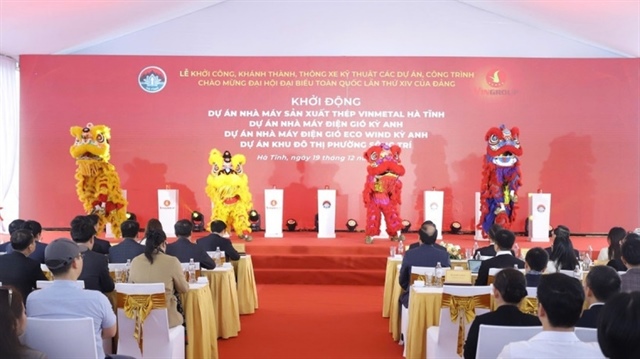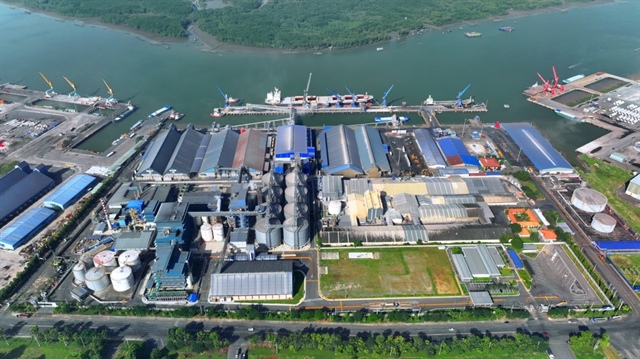Garment firms lower outlook
Garment firms lower outlook
A plunge in export growth and declining orders have led the Viet Nam Textile and Apparel Association to scale down its export-value target from US$19 billion to US$17-17.5 billion.

Domestic exporters said the weak global economy and sinking textile and garment consumption were the reasons behind the move.
Figures from the Ministry of Industry and Trade showed that the sector's export value increased 14.7 per cent year-on-year in the first four months of 2012, hitting $4.4 billion.
However, in the first five months, growth fell to 7.7 per cent, reaching $5.3 billion, and in the first seven months, the sector's export growth was at 8.8 per cent, much lower than the country's general year-on-year export growth of 19 per cent.
Although exports of textiles, garments and fibres increased 7.5 per cent year on-year to $9.2 billion for the first seven months, the figure was much lower compared to the 30-per-cent increase over the same seven-month period last year.
Dang Phuong Dung, deputy chairman and general secretary of VITAS, said: "Although textile and garment export turnover was still positive, it has not met the expectations of the sector."
The textile and garment sector has had problems getting big quantity orders, and has not yet built trademarks to compete with others globally.
Moreover, heavy reliance on imported materials and outsourcing orders that see a low return rate have not increased added value for export items or the competitiveness of the sector.
The textile and garment sector is vulnerable to economic crisis, which affects orders, price fluctuation, transportation fees and cost of raw materials.
According to the deputy chairman of VITAS, Pham Xuan Hong, only big textile and garment exporters have orders for the third quarter of this year, while many small – and medium-d enterprises have to cut production because of a shortage of orders.
Consumption demands in the EU have fallen strongly in the past months and export orders have decreased by 20-30 per cent compared to the same period last year.
VITAS forecasted that difficulties would continue for two to three months due to lack of access to capital, shortage of raw materials and higher input costs. Besides, no signs of resuming consumption in the world market are in the horizon at this time.
Guillaume Crouzet, executive director of the French Chamber for Commerce and Industry in Viet Nam (CCIFV), said that the European market had strict requirements for products. They should be environmentally safe, have good after-sales service, and be well-designed and of reasonable price and quality.
Vietnamese businesses have not paid much attention to these criteria, so their products were not favoured in the markets.
He advised Vietnamese enterprises to create better designs to suit the tastes of consumers.
vietnamnews























